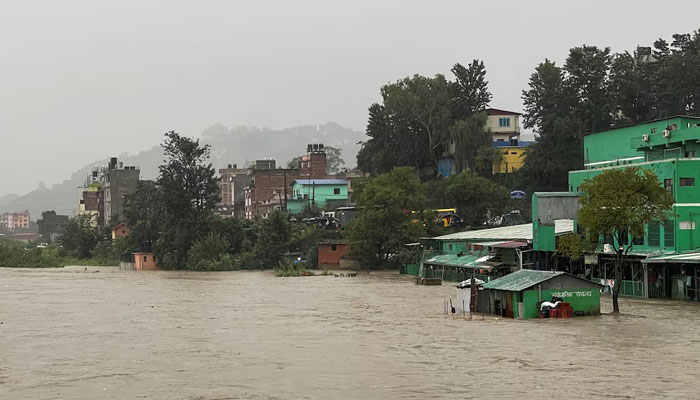
KATHMANDU: Search and rescue teams in Nepal’s capital on Monday picked through wrecked homes after waters receded from monsoon floods that killed at least 192 people around the Himalayan republic.
During the monsoon season from June to September, deadly floods and landslides are common across South Asia but experts say climate change is making them worse.
As a result of the heaviest rains in more than two decades, entire neighbourhoods in Kathmandu were inundated with the capital temporarily cut off from the rest of Nepal after landslides blocked highways.
“Our focus is on search and rescue, including people who have been stranded on highways,” home ministry spokesman Rishi Ram Tiwari told AFP.
“192 people have been reported dead, and another 31 are missing,” he added.
At least 35 of those killed were buried alive when earth from a landslide careened into vehicles on a highway south of Kathmandu, Nepal Police spokesman Dan Bahadur Karki told AFP.
Rescuers in knee-high rubber boots, meanwhile, were using shovels to clear mud from the worst-hit riverside neighbourhoods around Kathmandu, many of them unauthorised slum settlements.
The International Centre for Integrated Mountain Development, a Nepal-based think tank, said the disaster had been made worse by unplanned urban encroachment around the Bagmati River, which courses through the capital.
Nepal’s army said that more than 4,000 people had been rescued, with helicopters, motorboats and rafts used to bring stranded households to safety.
Bulldozers were being used to clear nearly two dozen sections of major highways leading into Kathmandu that had been blocked by debris.


